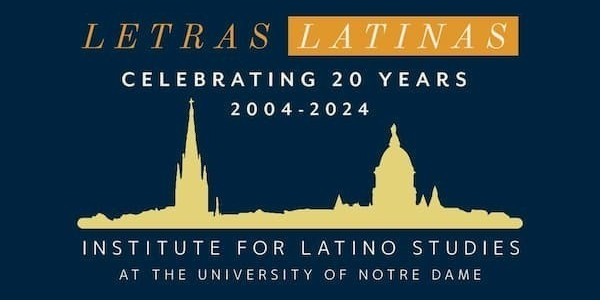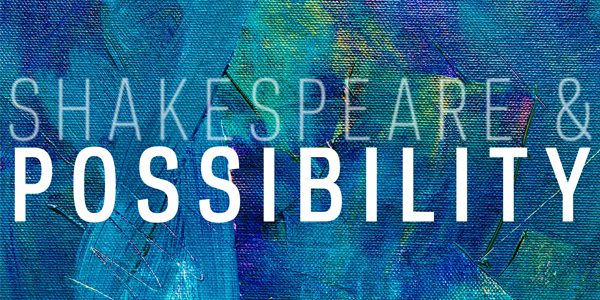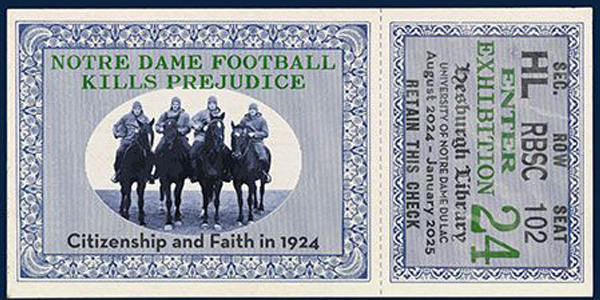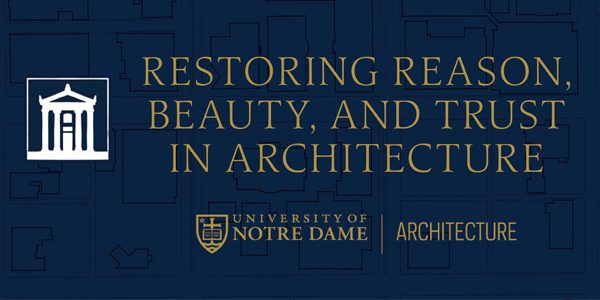The Nativity

ABOUT THE ARTWORK
Who made it?
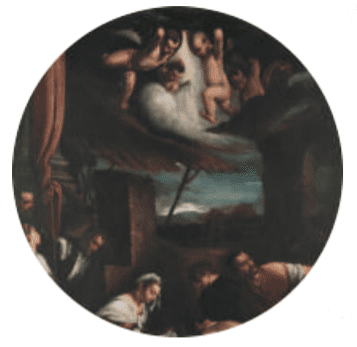
Although we don’t know who painted this work, we do know it was created in the 1500s by an Italian artist who copied an original painting by Jacopo Bassano. At the time, Italy was the locus of several major artistic innovations which were adopted in the Renaissance and, later, in Mannerism. The increasing use of oil paint on canvas—instead of tempera on wood—allowed artists to achieve a greater range of rich colors and subtle tones by applying translucent layers of paint. Another hallmark of the period was the use of dramatic shifts between light and dark in paintings, a technique called chiaroscuro. These were just a few of the changes that artists used to create more robust volume and movement in the human figure and to give their works more emotional and physical depth.
What’s going on in this work?
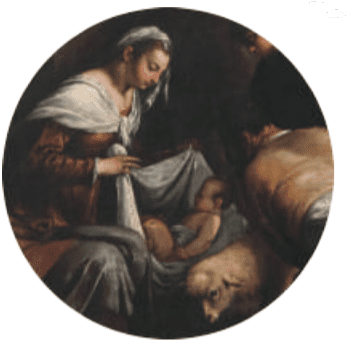
In this Nativity scene, we see the infant Jesus in the central foreground of the work. He is being revealed by his mother, the Virgin Mary, to those who have arrived to celebrate his birth. Mary looks lovingly while kneeling nearby, a pose meant to indicate the effortless holy birth. Joseph is shown off to the side in a somewhat slumped posture, allowing all of the attention to be focused on Mary and the Christ Child. Shepherds are arranged around the Christ Child as are an ox, a lamb, and a dog. In the foreground, a shepherd kneels with his back to us, his dirty and calloused feet on full display. The inclusion of this human element illustrates the artist’s desire to highlight natural human moments in his work. The skillful manipulation of light encourages our eyes to move around the work to absorb this miraculous holy scene. In the sky, one of the lit areas showcases four cherub angels who attentively look down on the scene and romp around, their activity allowing the light to illuminate the newly born baby Jesus.
Take a closer look.
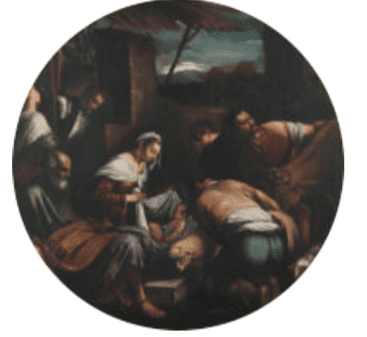
Look closely at the large version of The Nativity on the first page and use these questions to guide your looking. Share your thoughts with your family and friends virtually or with us by responding to our email.
- Take a moment to notice where each person is looking. Is everyone focused on the same things? Why do you think they are looking there?
- What time of day do you think this painting is depicting? What do you see that makes you say that?
- What words would you use to describe the mood of this image? What do you see that makes you say that?
To receive the collection in your inbox, join the Raclin Murphy Museum’s mailing list.
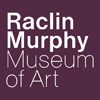
Engage with the Raclin Murphy Museum of Art by exploring their collection through background information and reflection questions. For more information on the collections, please visit the Raclin Murphy Museum of Art website.
Learn MoreDecember 16, 2020
More Like This
Related PostsLet your curiosity roam! If you enjoyed the insights here, we think you might enjoy discovering the following publications.

